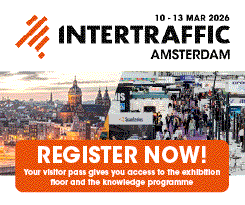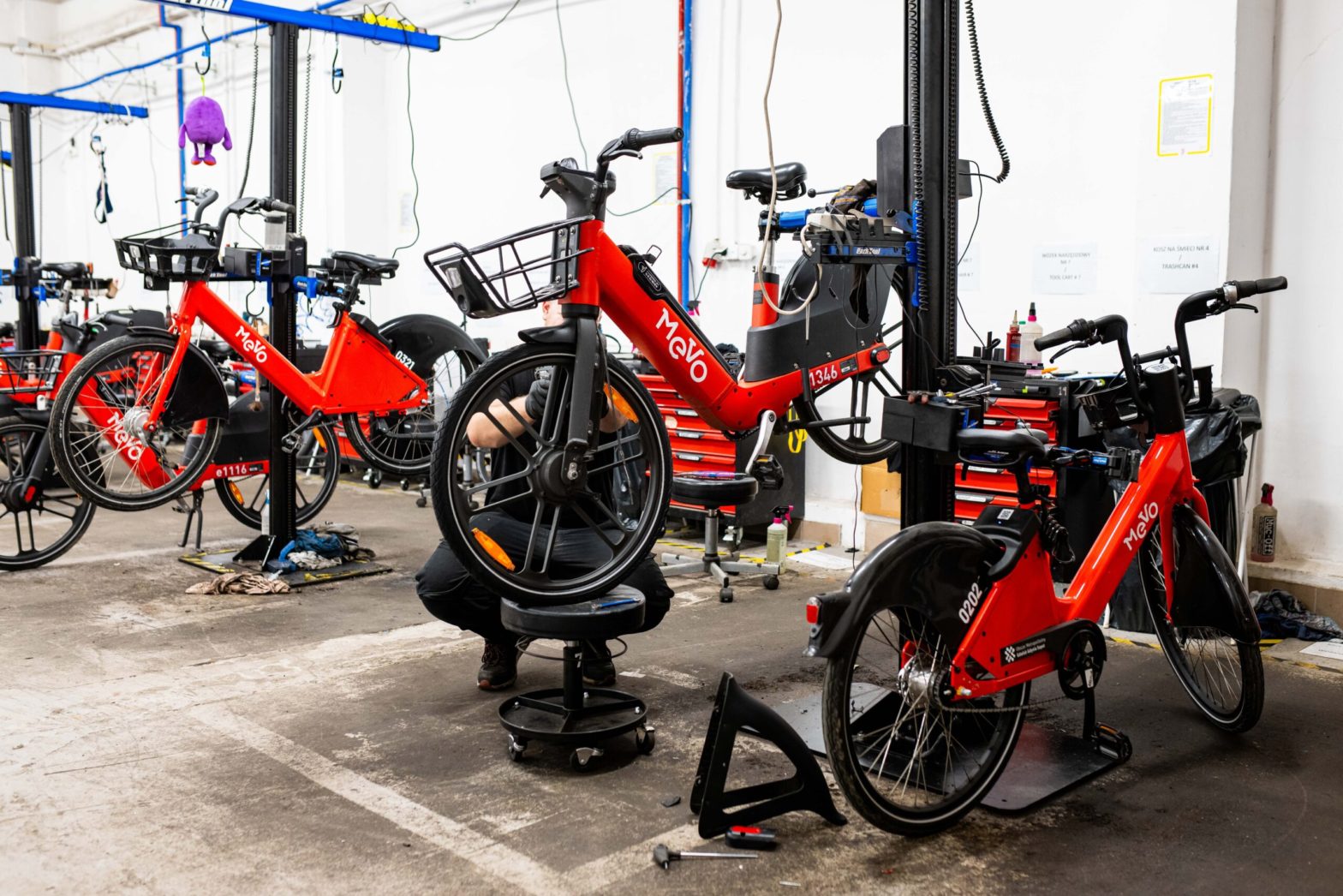
Holistic mobility systems seen as solution to transit gaps
05 March 2025
by William Thorpe
A new report is urging city governments and public transit agencies to rethink their mobility strategies to better serve all residents.
The Better Mobility Trendreport 2025 identifies critical gaps in transport services and highlights opportunities to create seamless, accessible, and sustainable urban mobility.
One of the report’s main findings is that a significant portion of urban populations have unmet mobility needs, including parents, people with disabilities, and the elderly.
“There is untapped potential here to grow public transport ridership and give people more alternatives to make the transition from personal cars,” Julienne Chen (pictured), Head of City Partnerships at EIT Urban Mobility, told Cities Today. “I hope these figures help public authorities strengthen their business case to invest in more inclusive transport. There are also real business opportunities here for innovators.”
The report notes that planning for diverse mobility needs can provide economic and environmental benefits, including cost savings, reductions in traffic injuries, and lower greenhouse gas emissions.
It suggests that by making mobility more accessible, cities can encourage more people to use public transport, reducing reliance on private vehicles and contributing to sustainability goals.
Fostering a more integrated mobility system
The analysis highlights the need for a Holistic Mobility System that integrates various transport services, including public transport, shared mobility, and micromobility options. A key challenge is the fragmented nature of many transport networks, where different services operate independently, making seamless travel difficult.
“Transport systems are fragmented, which is to the detriment of almost everyone,” Chen said. “Cities must take the lead by fostering collaboration among different stakeholders, setting strong accessibility standards, and using planning tools to shift behaviours and generate demand.”
The study suggests that simplifying ticketing and access to different transport modes, improving connectivity between services, and setting design standards can support integration efforts.
It also highlights examples of successful integrated transport systems, such as Austria’s KlimaTicket, which provides a single ticket for multiple transport modes across the country, making travel more convenient and affordable.
Enhancing safety and accessibility
The report highlights successful strategies implemented in cities such as Helsinki and Oslo, which have achieved significant reductions in pedestrian fatalities. Safety remains a crucial concern, particularly for vulnerable groups such as children, elderly individuals, and people with disabilities.
“Bringing in children’s perspectives is one way to champion mobility systems that are safer and more inclusive,” she said. “Measures such as lower speed limits, prioritised pedestrian crossings, and dedicated cycling infrastructure around schools can significantly enhance urban safety.”
The analysis points to the importance of Vision Zero strategies, which aim to eliminate traffic-related fatalities through measures such as better road design, stricter enforcement of speed limits, and improved pedestrian infrastructure. It suggests that cities looking to improve safety should consider implementing similar policies, prioritising pedestrian-friendly designs and ensuring that public transport hubs are accessible and secure.
Potential in tourism and healthcare transport
The review identifies opportunities for improving transport services in the tourism and healthcare sectors. It notes that only a small percentage of mobility start-ups focus on tourism, despite its economic significance. Improving transport services for visitors could provide significant economic benefits while also promoting sustainable travel.
“Active mobility and public transport are the best ways to experience a new city,” Chen said. “There is room to improve route planning, ticketing options, and accessibility features for visitors. Branding and language accessibility also play a big role in making transport more tourist-friendly.”
The paper also highlights the growing need for better healthcare transport options. As populations age, ensuring that people can access medical services easily becomes increasingly important. The report suggests that transit agencies could explore partnerships with healthcare providers and mobility start-ups to develop transport solutions tailored to patients, such as on-demand shuttle services or accessible transport options for those with mobility challenges.
Considerations for public transit leaders
The study suggests that by prioritising inclusivity, improving multimodal integration, and fostering partnerships, cities can work towards more effective and sustainable mobility systems.
Public authorities are encouraged to consider policy measures that support these goals, such as financial incentives for sustainable transport initiatives, investment in digital infrastructure to improve service coordination, and the implementation of accessibility standards to ensure transport services meet the needs of all users.
Image: EIT Urban Mobility









